Nepalese Architecture
The present work is a welcome addition to the slender list of books on Nepal, which was a closed country until 1951. The book is the result of the keen observation of a seasoned archaeologist and art-historian and the combination of the study of literary and inscriptional sources which are plentiful in Nepal.
Dr. Banerjee has sought to encompass the entire miscellany of architecture as much as would have been possible within the scope of a single volume. The study has brought to light interesting results on the dates and details of the constructions of and periodicals repairs to all categories of the ensemble of Nepalese Architecture comprising the (i) dhungedharas, (ii) powahs, (iii) patis, (iv) temples, (v) monasteries,(vi) stupas or chaityas, (vii) common man’s houses, (viii) royal palaces, etc.
The inscriptions also mention the names of the texts on architecture followed by the ancient builders as also the processes and various stages of constriction, names of architectural parts, processes of repairs, etc. Among the multitudinous miscellany, the so-called Nepalese ‘pagodas’ with a serrated profile standing on a raised platform, itself the result of a series of receding tiers of plinths, stand out from the rest and have been dealt with comprehensively as a phenomenon in the whole of South and South east Asia.
The book attempts, among other things, to trace the evolution of the twin features of multiple piliths and roofs as architectural phenomena and their evolution, diffusion and eventual fusion and coal essences in Nepal with obvious interconnection with neighbors’. The Sikhara and Nagara style of temples in Nepal evolved on the native soil without the ancillary structures or mandapas. The medieval inscriptions and libratory records have named the style as granthakuta. The author has proposed to call the other, i.e., the so-called pagoda style or the multiple-roofed temples with a serrated profile, as the devala temples.
He has paved the way for a detailed study of each monument with the help of inscriptional and literary records. The book also provides a vivid insight into the land and people, the geographical setting, the historical and cultural melleu and the cross currents of the religions and life which have shaped the stream of the vast miscellany of the phenomenon called ‘Nepalese Architecture’ from the remotest times to the present day.
Get it now and save 10%
BECOME A MEMBER

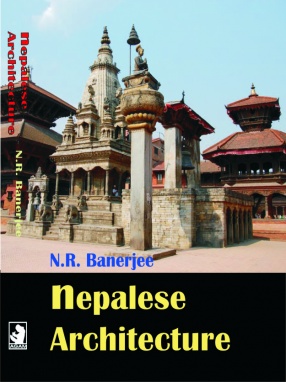
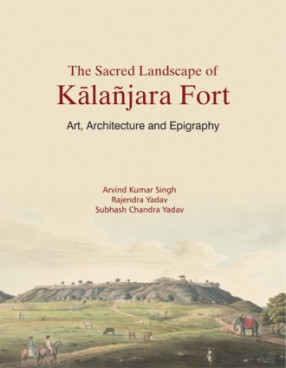
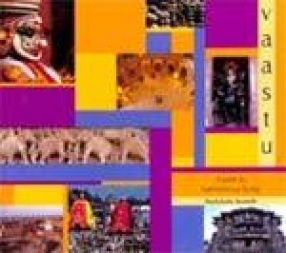
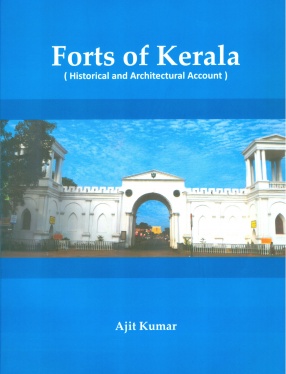
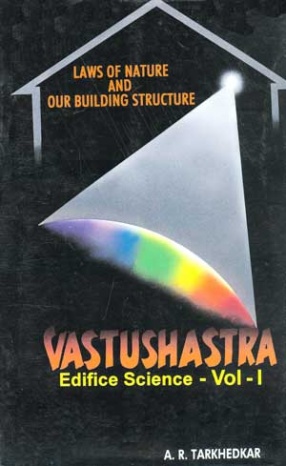

Bibliographic information